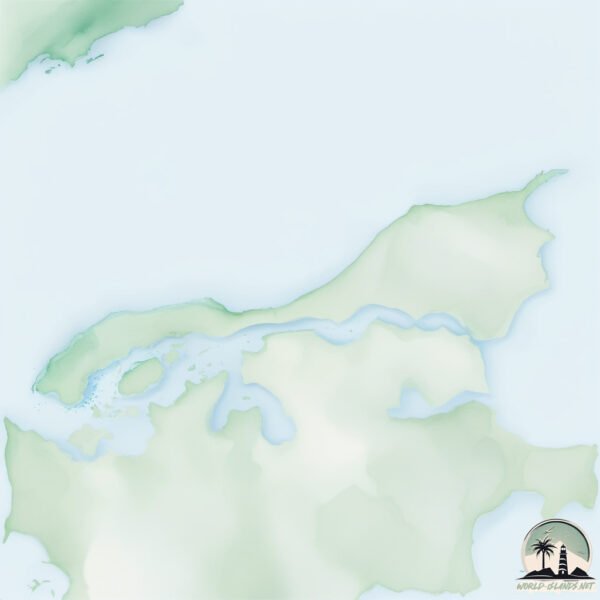Welcome to North Jutlandic , a Temperate island in the Skagerrak, part of the majestic Atlantic Ocean. This guide offers a comprehensive overview of what makes North Jutlandic unique – from its geography and climate to its population, infrastructure, and beyond. Dive into the details:
Geography and size of North Jutlandic
Size: 4665 km²Coastline: 685 kmOcean: Atlantic OceanSea: SkagerrakContinent: Europe
North Jutlandic is a Very Large Island spanning 4665 km² with a coastline of 685 km.
Archipel: –
Tectonic Plate: Eurasia – One of the world’s largest tectonic plates, the Eurasian Plate covers a significant portion of Europe and Asia. It’s characterized by diverse geological features, including the Ural Mountains, the European Plain, and the Himalayas formed from its collision with the Indian Plate.
The geographic heart of the island is pinpointed at these coordinates:
Climate and weather of North Jutlandic
Climate Zone: TemperateClimate Details: Temperate Oceanic ClimateTemperature: Warm Summer
Climate Characteristics: Known for its moderate year-round temperatures with ample rainfall and no dry season. Warm summers are characteristic.
Topography and nature of North Jutlandic
Timezone: UTC+01:00Timezone places: Europe/ParisMax. Elevation: 108 m Mean Elevation: 20 mVegetation: Cultivated LandTree Coverage: 24%
The mean elevation is 20 m. The highest elevation on the island reaches approximately 108 meters above sea level. The island is characterized by Plains: Flat, low-lying lands characterized by a maximum elevation of up to 200 meters. On islands, plains are typically coastal lowlands or central flat areas.
Dominating Vegetation: Cultivated Land
Vegetation: 14 vegetation zones – Exceptionally Diverse Island
Infrastructure and Travelling to North Jutlandic
Does the island have a public airport? yes .
Does the island have a major port? yes .
The mean population of North Jutlandic is 65 per km². North Jutlandic is Gently Populated. The island belongs to Denmark .
Continuing your journey, Mors is the next notable island, situated merely km away.
The Flood That Redrew the Map of Denmark: 200 Years Ago
200 years ago, a devastating flood transformed the map of Denmark. This is the story of the day Vendsyssel-Thy became an ...
The Flood That Redrew the Map of Denmark: 200 Years Ago
200 years ago, a devastating flood transformed the map of Denmark. ...
200 years ago, a devastating flood transformed the map of Denmark. This is the story of the day Vendsyssel-Thy became an ...
Denmark, country occupying the peninsula of Jutland (Jylland), which extends northward from the cent
Denmark, country occupying the peninsula of Jutland (Jylland), which ...
Denmark, country occupying the peninsula of Jutland (Jylland), which extends northward from the centre of continental western ...
Skagen, Fredrikshavn, Løkken North Jutlandic Island Danmark Danemarca Taani Denmark
The Jutland Peninsula of Denmark. Vendsyssel Skagen, Fredrikshavn, ...
The Jutland Peninsula of Denmark. Vendsyssel Skagen, Fredrikshavn, Løkken North Jutlandic Island Danmark Danemarca Taani ...
Denmark is classified as Developed region: nonG7: Developed economies outside of the Group of Seven, characterized by high income and advanced economic structures. The level of income is High income: OECD.
News – Latest Updates and Headlines from North Jutlandic
Stay informed with the most recent news and important headlines from North Jutlandic. Here’s a roundup of the latest developments.
Loading...
Social Media Posts about North Jutlandic
Loading...
Please note: The data used here has been primarily extracted from satellite readings. Deviations from exact values may occur, particularly regarding the height of elevations and population density. Land area and coastline measurements refer to average values at mean high tide.

